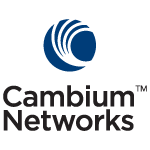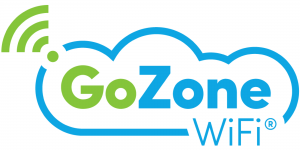Thousands of people in Silicon Valley’s downtown corridor now have super-fast free Wi-Fi access enabled by 60 GHz cnWave fixed wireless distributed network infrastructure technology
SAN JOSÉ, CA & ROLLING MEADOWS, IL., October 05, 2021 – Cambium Networks (NASDAQ: CMBM), a leading global provider of wireless networking solutions, today announced that the City of San José, California has deployed public Wi-Fi in strategic corridors within the downtown area of the 10th largest city in the United States. San José’s Smart City Vision project leverages the latest 60 GHz millimeter wave wireless technology from Cambium Networks as the network infrastructure installed on streetlights, traffic lights, and buildings throughout the downtown corridor to support a network of outdoor Wi-Fi access points.

The distributed network infrastructure utilizes Cambium Networks’ 60 GHz cnWave™ fixed wireless broadband equipment with Terragraph, a technology developed by Facebook Connectivity.
“San José’s pandemic recovery efforts include Wi-Fi for our small businesses downtown, as well as digital equity access for our families,” said Dolan Beckel, Interim Deputy City Manager and Director of the Office of Civic Innovation and Digital Strategy. “The pandemic has shown how important core connectivity is to education, health, and work. These assets are essential to ensuring a stronger, connected community.”
The Cambium Networks-based distributed network infrastructure covers approximately 60 city blocks to provide free Wi-Fi connectivity for residents, visitors, workers, and businesses throughout strategic downtown corridors. The downtown Wi-Fi project is the latest step in improving the city’s digital infrastructure to support San José’s Smart City vision and Digital Inclusion and Broadband Strategy. The 60 GHz cnWave network devices and Wi-Fi access points are deployed on nearly 100 city-owned assets, enabling gigabit capacity at a fraction of the cost of deploying fiber to these locations.

This deployment is the first phase of enhanced public Wi-Fi connectivity for the city’s 1 million residents and 80,000 leading businesses in the heart of Silicon Valley. The efforts deliver enhanced services to communities in need of improved connectivity options, helping to address digital equity. Additional connectivity is planned for San José’s economically disadvantaged neighborhoods to provide students and residents with greater access to critical broadband services, such as remote learning and jobs, as well as tele-health that became a clear need in the global pandemic.
“Many cities are discovering that wireless is an efficient way to extend the fiber core in a matter of days to reach the exact location where connectivity is needed,” said Atul Bhatnagar, president and CEO of Cambium Networks. “We are proud to collaborate with the City of San José and system integrators to rapidly deliver connectivity to local communities.”
Cambium Networks’ 60 GHz cnWave fixed wireless technology layers a unique industrial design with automatic beam-steering on top of the latest 802.11ay standard, providing reliable multi-gigabit capacity along with low latency and resilience. The robust network design enables large numbers of network users to enjoy bandwidth-intensive services such as streaming video, video conferencing, social media, audio streaming, voice calling and more.

Cambium Networks’ full wireless fabric portfolio of solutions are available through its global network of partners. The company has shipped more than 10 million radios and is celebrating its Decade of Excellence in its first 10 years in business.
About Cambium Networks
Cambium Networks delivers wireless communications that work for businesses, communities, and cities worldwide. Millions of our radios are deployed to connect people, places and things with a unified wireless fabric that spans multiple standards and frequencies of fixed wireless and Wi-Fi, all managed centrally via the cloud. Our multi-gigabit wireless fabric offers a compelling value proposition over traditional fiber and alternative wireless solutions. We work with our Cambium certified ConnectedPartners to deliver purpose-built networks for service provider, enterprise, industrial, and government connectivity solutions in urban, suburban, and rural environments, with wireless that just works.
Media Contact:
Dave Reddy
Big Valley Marketing for Cambium

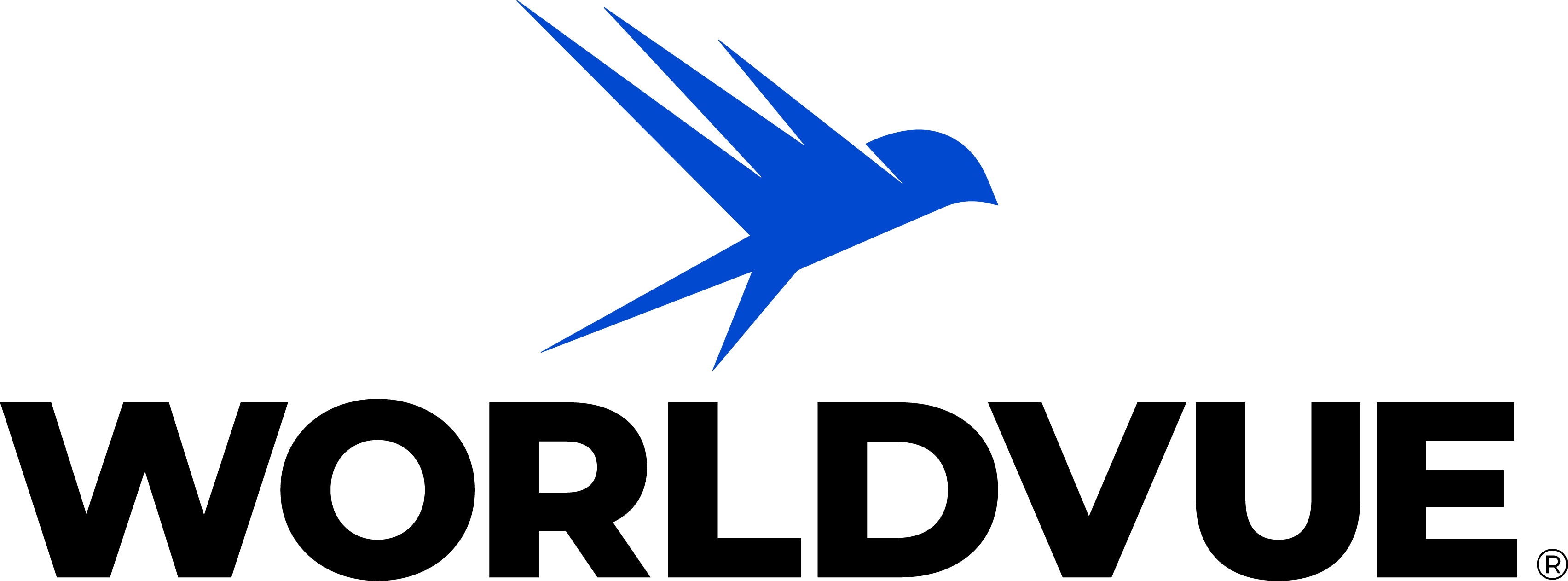


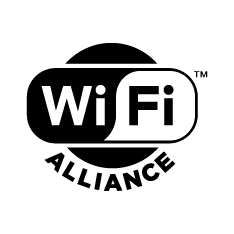

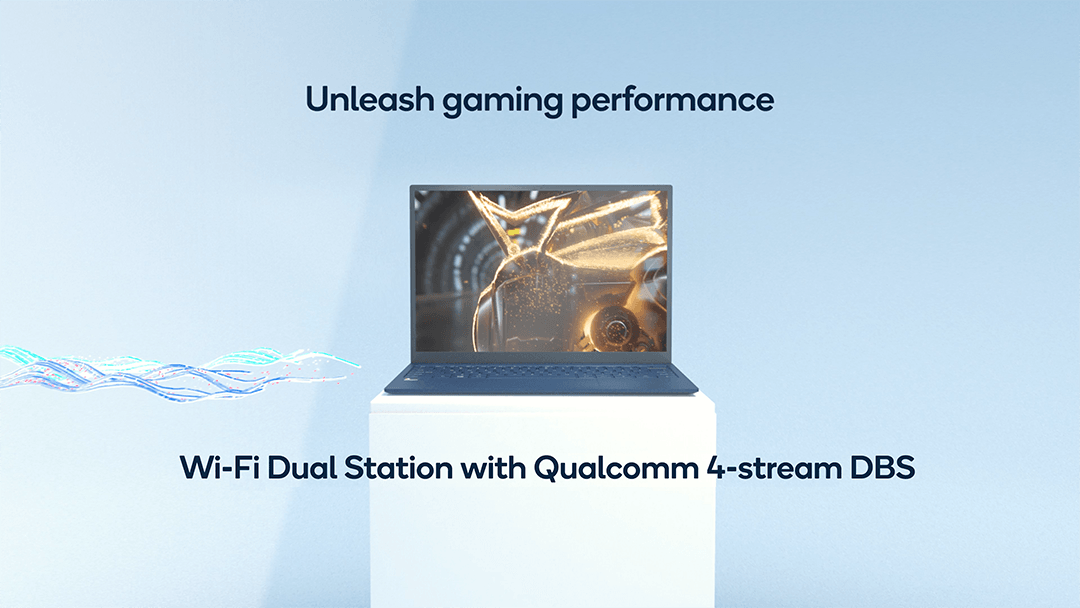 Qualcomm 4-stream Dual Band Simultaneous
Qualcomm 4-stream Dual Band Simultaneous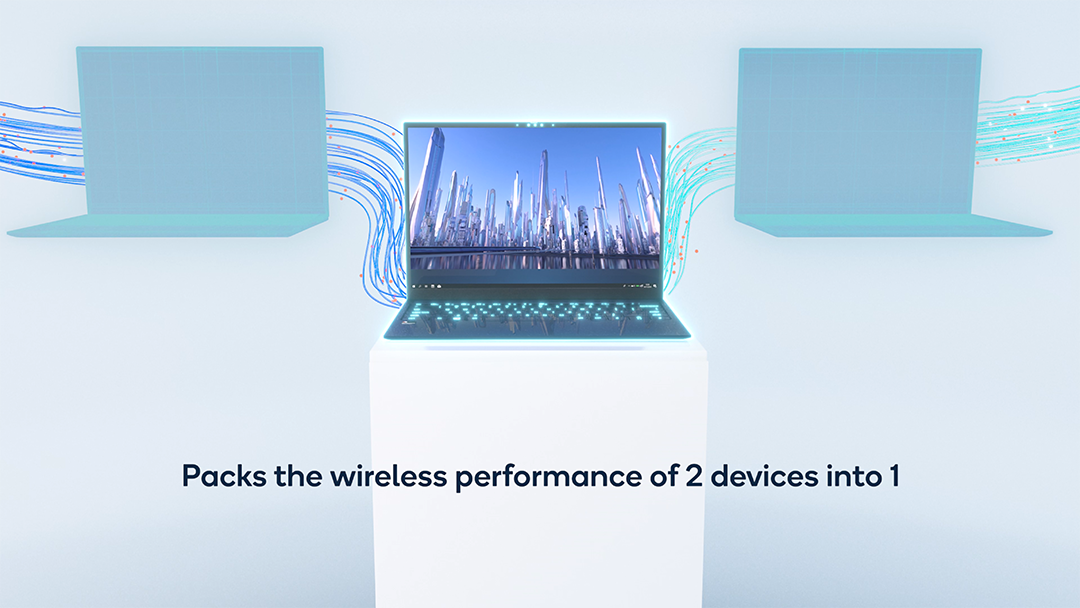 Qualcomm 4-stream Dual Band Simultaneous 2-in-1 performance
Qualcomm 4-stream Dual Band Simultaneous 2-in-1 performance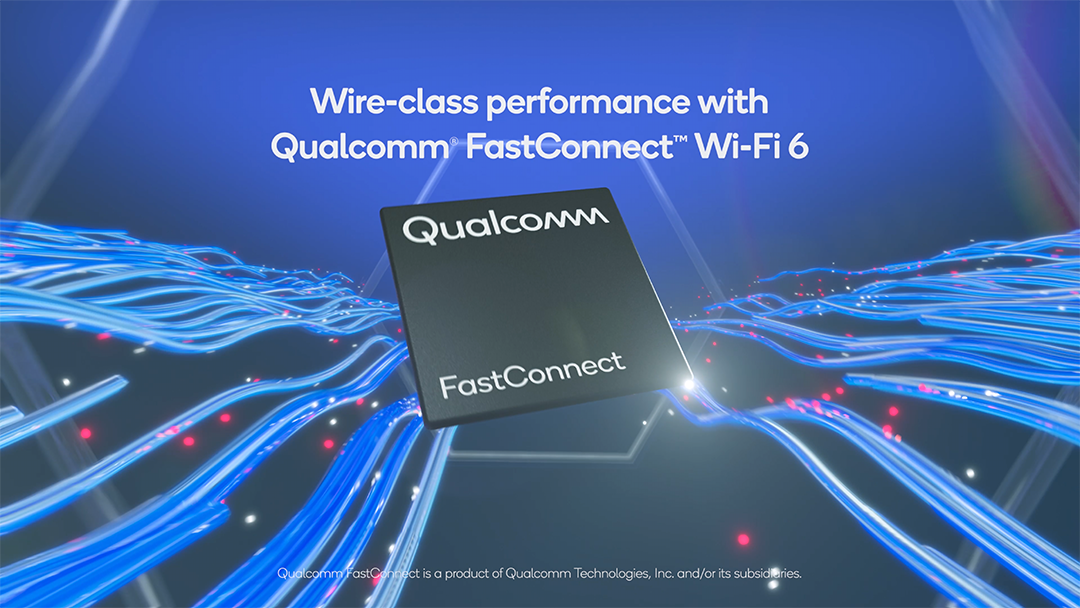 Qualcomm FastConnect
Qualcomm FastConnect

